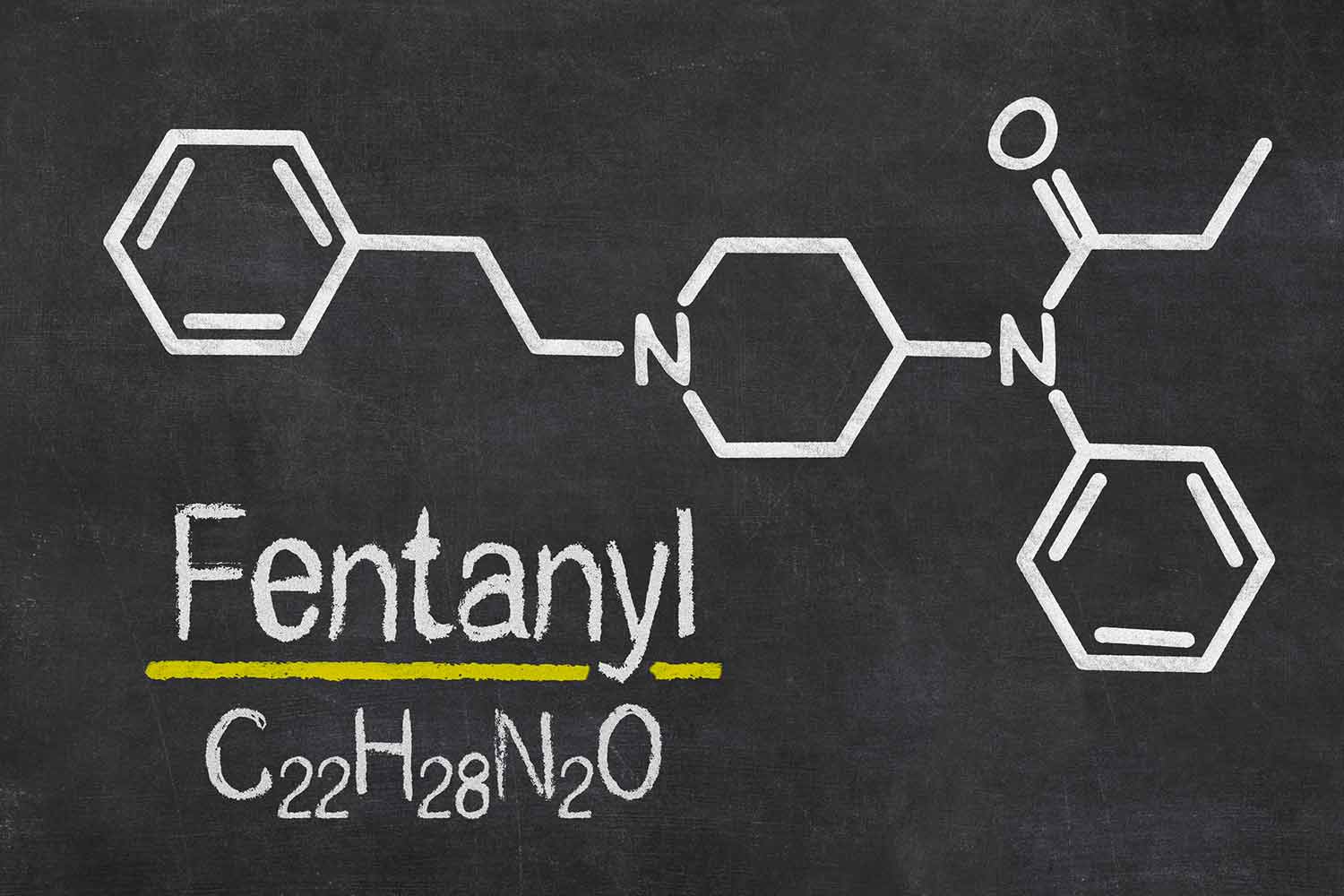
The increasing prevalence of fentanyl, an extremely potent opioid, has heightened the urgency around substance use disorders. The intense addictiveness of fentanyl makes withdrawal a complex and risky endeavor. In this context, Fentanyl Rapid Detox emerges as a highly effective treatment, offering a swift and medically sound solution for those grappling with fentanyl addiction. This method significantly reduces withdrawal symptoms, curbs cravings, and promotes a quicker recovery of the nervous system. Fentanyl Rapid Detox provides a more secure and comfortable path to overcoming addiction, particularly beneficial for individuals who find managing detoxification challenging on their own. Understanding the severity of fentanyl addiction and considering advanced treatment options like Fentanyl Rapid Detox is crucial in addressing this growing health challenge.
Fentanyl Addiction: Recognizing the Signs and Seeking Help
Fentanyl addiction, a critical issue in the realm of opioid use disorders, often begins subtly but can quickly escalate due to the drug’s high potency. Recognizing the signs of addiction is crucial for timely intervention:
- Increased Tolerance: Needing more fentanyl to achieve the same level of pain relief or euphoria, indicating a growing dependency.
- Withdrawal Symptoms: Experiencing uncomfortable physical and psychological effects when not using fentanyl.
- Compulsive Use: Inability to control the amount and frequency of fentanyl use.
Fentanyl operates by binding to opioid receptors in the brain, altering pain perception and emotional responses. This mechanism can swiftly lead to a substance use disorder, as the brain becomes reliant on fentanyl for neurotransmitter regulation, increasing the risk of long-term health issues and overdose.
The importance of seeking medical assistance for fentanyl abuse cannot be overstated. Professional treatment programs, tailored to individual needs, address both the physiological and psychological aspects of addiction. These programs provide medical detox, therapy, and support, crucial for overcoming addiction and reducing the risk of relapse. Immediate action and appropriate medical support are key in managing fentanyl addiction effectively.
Fentanyl Withdrawal: Signs, Symptoms and Withdrawal Timeline
Withdrawal Signs:
Early signs of fentanyl withdrawal often manifest within hours of the last dose. These include anxiety, restlessness, and a strong craving for the drug. Physical signs such as sweating, insomnia, and muscle aches also emerge, signaling the beginning of the withdrawal process. Recognizing these early signs is crucial for timely intervention.
Withdrawal Symptoms:
As withdrawal progresses, symptoms become more pronounced. Common ones include:
- Severe muscle and bone pain.
- Nausea and vomiting.
- Diarrhea and abdominal cramping.
- Rapid heart rate and high blood pressure.
- Intense cravings for fentanyl.
These symptoms underscore the importance of medical supervision during detox, as complications can be life-threatening.
Withdrawal Timeline:
The timeline for fentanyl withdrawal is typically characterized by distinct stages, each presenting its own set of challenges:
- Early Stage (6-12 hours after the last dose): This initial phase is marked by the onset of symptoms such as muscle aches, restlessness, anxiety, and insomnia. Patients may also start experiencing increased cravings for fentanyl, signaling the beginning of the withdrawal process.
- Peak Stage (1-3 days): During this critical phase, symptoms intensify significantly. Patients commonly face severe muscle and joint pain, gastrointestinal distress including nausea, vomiting, and diarrhea, as well as heightened anxiety and agitation. This period is often the most uncomfortable and poses a substantial need for medical support.
- Resolution Stage (1 week and beyond): In this phase, the acute physical symptoms start to subside. However, psychological symptoms, particularly cravings for fentanyl and mood swings, may continue. This period can vary in length, and some individuals might experience a protracted withdrawal phase, where symptoms persist for weeks or even months.
The variability and potential intensity of the fentanyl withdrawal experience highlight the critical need for a personalized and comprehensive treatment approach. This is where rapid fentanyl detox methods, such as the Waismann Method, become particularly beneficial. These advanced detoxification techniques provide a much faster and more effective way to overcome withdrawal symptoms. By accelerating the detox process under medical supervision, they minimize the duration and intensity of withdrawal, offering a safer and more comfortable route to recovery.
Rapid detox is especially valuable for those who face severe withdrawal symptoms or have struggled with prolonged opioid dependency, as it facilitates a smoother transition to a drug-free state. Thus, rapid fentanyl detox presents a compelling option for individuals seeking an efficient and effective solution to navigate the challenging journey of fentanyl withdrawal.
How Long Does It Take to Detox from Fentanyl Cold Turkey?
The typical duration for detoxing from fentanyl can vary widely, generally spanning from a few days to a week for the physical symptoms. It’s important to note that the illicit fentanyl currently being sold is far more potent than any standard previously seen. As a result, the withdrawal process is often more severe and lengthier compared to other forms of fentanyl. Factors that influence this timeline include the length and intensity of fentanyl use, individual health conditions, and the presence of additional substances.
Many illicit fentanyl products are mixed with other drugs, which can exacerbate the effects during use and intensify the withdrawal experience. Psychological dependence, a significant aspect of fentanyl addiction, often requires a longer-term approach, with ongoing support and treatment necessary for comprehensive recovery.
Can You Detox from Fentanyl at Home?
Detoxing from fentanyl at home presents significant risks and challenges. Without medical supervision, managing severe withdrawal symptoms and complications becomes difficult, increasing the risk of relapse or potential health crises. Home detox lacks the necessary medical and psychological support, making it a less safe and effective option compared to professional treatment settings.
Medically Assisted Fentanyl Detox
Medically assisted detox programs offer a safe and effective route for overcoming fentanyl addiction. These programs provide medical supervision and use medications to ease withdrawal symptoms, reducing the risk of complications. They also offer psychological support and a structured environment, crucial for addressing the underlying issues of addiction and preparing individuals for long-term recovery.
Rapid Fentanyl Detox with Waismann Method: Achieving Full Opioid Detoxification
The Waismann Method of rapid fentanyl detox is a pioneering approach designed to achieve complete opioid detoxification. This method stands out for its effectiveness in three key areas:
- Achieving Full Opioid Detox: The foremost goal of the Waismann Method is to ensure complete detoxification from fentanyl and other opioids. This process is conducted under medical supervision, ensuring safety and effectiveness. By thoroughly eliminating the physical presence of opioids from the body, this method lays the groundwork for a clean start and a sustainable recovery.
- Blocking Physical Cravings: A critical component of the Waismann Method is its ability to block the physical cravings often associated with opioid withdrawal. By using antagonist medications that bind to opioid receptors in the brain, the method prevents these receptors from responding to opioid molecules. This blockade significantly reduces the physical urge to use opioids, making it easier for individuals to resist the temptation to relapse.
- Speeding Nervous System Recovery: Prolonged opioid use can disrupt the balance of the nervous system, leading to a range of physical and emotional challenges. The Waismann Method addresses this by accelerating the recovery of the nervous system. This rapid healing process helps restore normal bodily functions and emotional responses more quickly, aiding in the overall recovery and well-being of the individual.
In summary, the Waismann Method of rapid detox is a comprehensive approach to fentanyl detoxification. It not only achieves full opioid detox but also effectively blocks physical cravings and speeds up the recovery of the nervous system. This method provides a robust foundation for those seeking to overcome opioid addiction and embark on a journey toward lasting recovery.
Take the First Step to Recovery. Call Now for a Confidential Consultation.
Are you grappling with fentanyl addiction? You are not alone. This potent opioid has impacted countless lives across the nation, with often devastating consequences. But there’s hope. If concerns about addiction and its impact on you or your loved ones weigh heavily on you, consider the Waismann Method for rapid fentanyl detox. This state-of-the-art treatment can significantly alleviate withdrawal symptoms, setting you on the path to reclaim your life.
Fentanyl Detox FAQs
Sources:
- Drug Overdose Death Rates Continue to Rise
- The Fentanyl Crisis in America: Inaction Is No Longer an Option
- CDC (Centers for Disease Control and Prevention- Fentanyl Facts
- Effects of opioids on the central nervous systems









